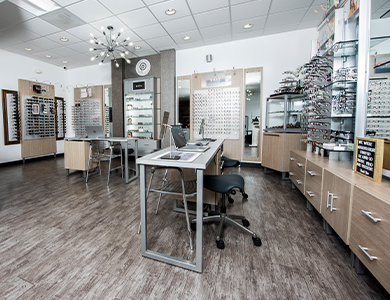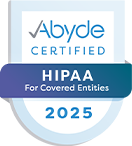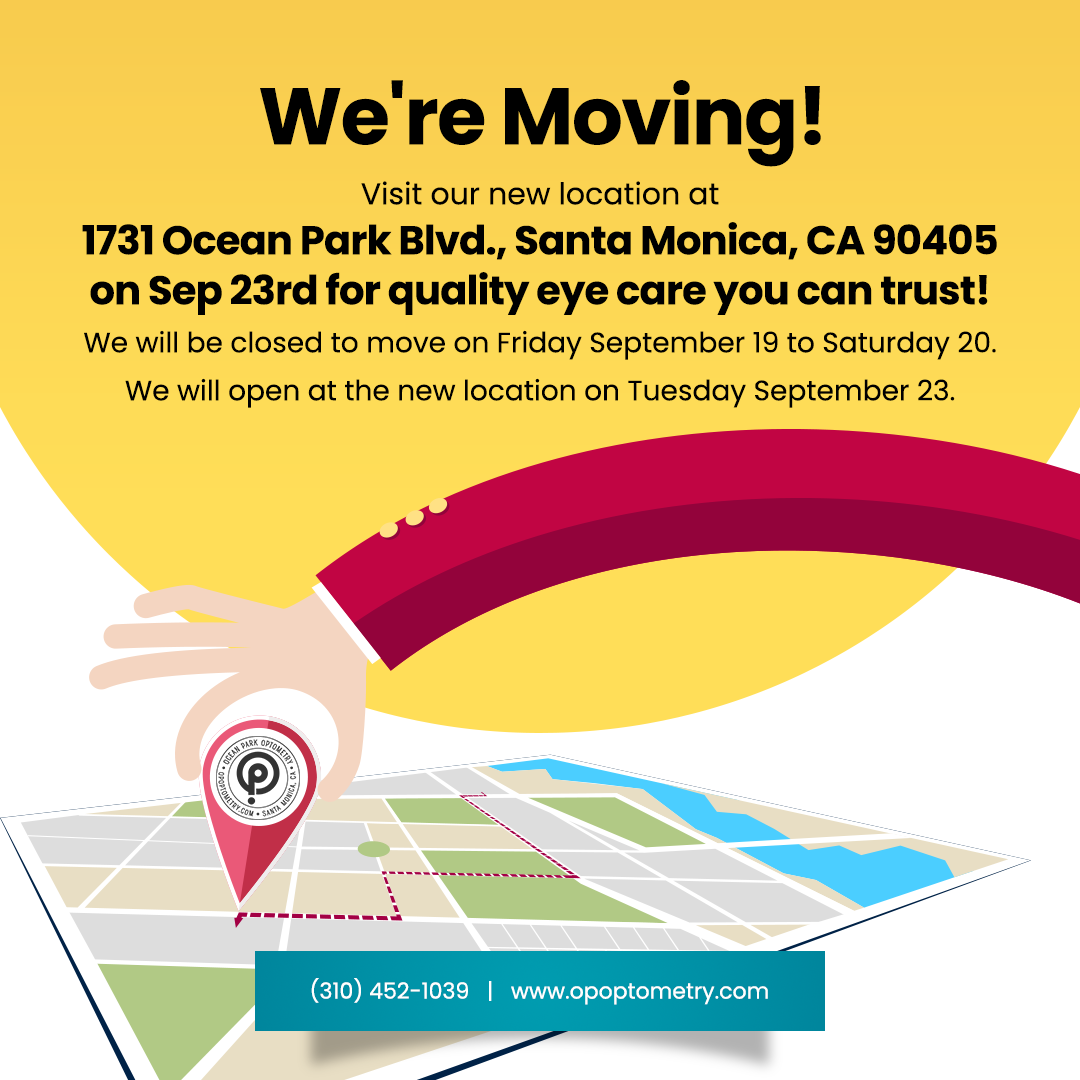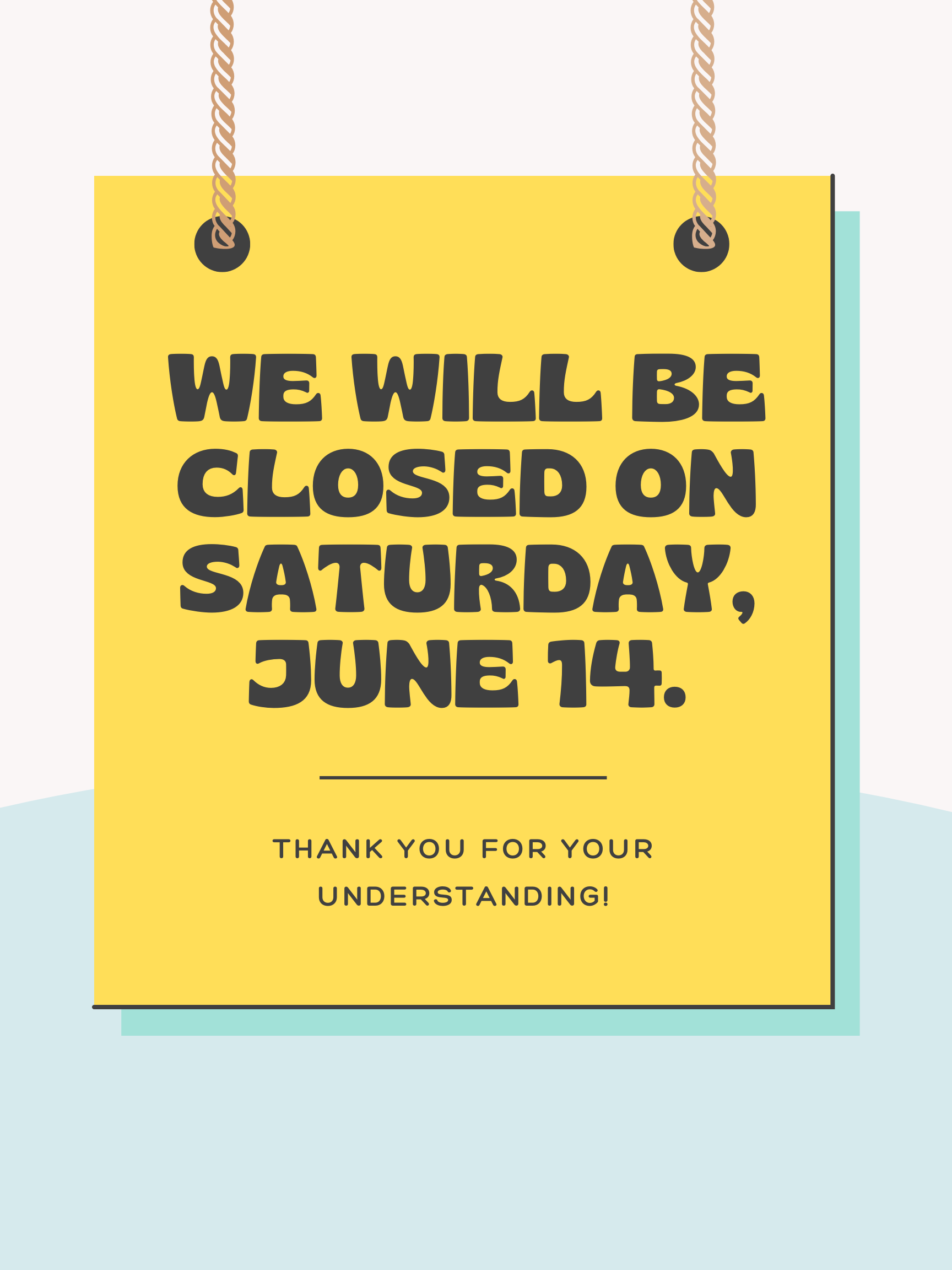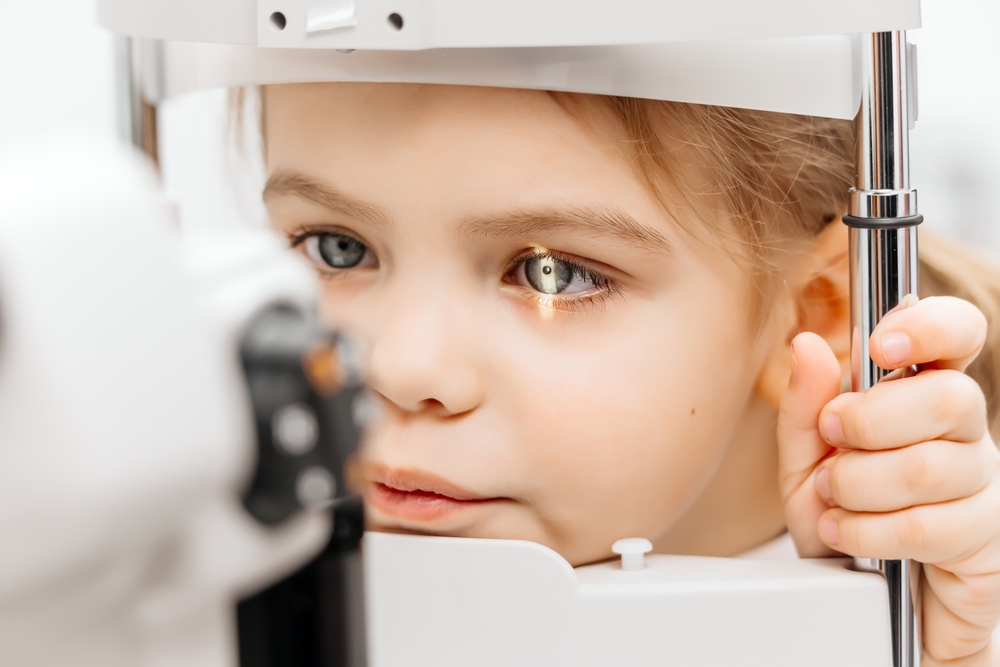
When it comes to children’s vision, most parents focus on the ability to see the board at school or read a book clearly. However, there’s another critical aspect of vision that’s often overlooked - binocular vision. Binocular Vision Dysfunction (BVD) occurs when a child’s eyes are unable to work together as a coordinated team. This subtle misalignment can lead to a wide range of symptoms that impact a child’s daily life, learning, and development.
What Is Binocular Vision Dysfunction?
Binocular Vision Dysfunction is a condition where the eyes struggle to align and focus together, even though each eye can see clearly on its own. When the eyes are not perfectly synchronized, the brain receives conflicting visual information, causing discomfort and a host of other symptoms.
Children with BVD may experience:
Headaches, especially after reading or using digital devices
Double or blurred vision
Difficulty concentrating or paying attention
Reading problems, such as losing their place or skipping lines
Poor hand-eye coordination
Dizziness or motion sickness
Anxiety in busy environments or crowded places
Because these symptoms are not always recognized as vision-related, BVD can sometimes be misdiagnosed as attention deficit disorders or learning disabilities.
The Role of a NeuroVisual™ Exam
A standard eye exam checks for visual acuity (how clearly a child sees at various distances) and general eye health, but it often does not assess binocular vision in detail. That’s where a NeuroVisual™ Exam comes in. This specialized evaluation is designed to detect even the most subtle misalignments in the eyes that can lead to BVD.
At Ocean Park Optometry, our NeuroVisual™ Exam uses advanced diagnostic techniques to pinpoint how well your child’s eyes work together. By identifying the root cause of symptoms, we can provide targeted treatment that offers real relief and helps children perform their best.
How Are Microprism Lenses Used to Treat BVD?
Once BVD is diagnosed, treatment focuses on helping the eyes align and work together efficiently. One of the most effective solutions is the use of microprism lenses. These prescription lenses contain a subtle amount of prism, which gently shifts light entering the eye. This adjustment helps to align the visual images perceived by each eye, reducing or eliminating symptoms associated with BVD.
Microprism lenses are incorporated into regular eyeglasses and are custom-tailored to each child’s unique needs. Most children experience a significant improvement in symptoms within days or weeks of starting treatment. They may notice:
Less eye strain and fatigue
Improved reading and focus
Fewer headaches
Enhanced performance at school and in sports
Worried About Your Child’s Vision?
Binocular Vision Dysfunction is an often-overlooked condition that can have a major impact on a child’s learning, behavior, and quality of life. A comprehensive NeuroVisual™ Exam is the key to accurate diagnosis and effective treatment. We specialize in identifying and treating BVD in children, helping them achieve clear, comfortable vision and reach their full potential.
If your child has been experiencing unexplained headaches, reading difficulties, or struggles with attention, it could be a sign of Binocular Vision Dysfunction. Contact Ocean Park Optometry to schedule a NeuroVisual™ Exam and take the first step toward clear, comfortable vision for your child. Visit our office in Santa Monica, California, or call (310) 452-1039 to book an appointment today.








